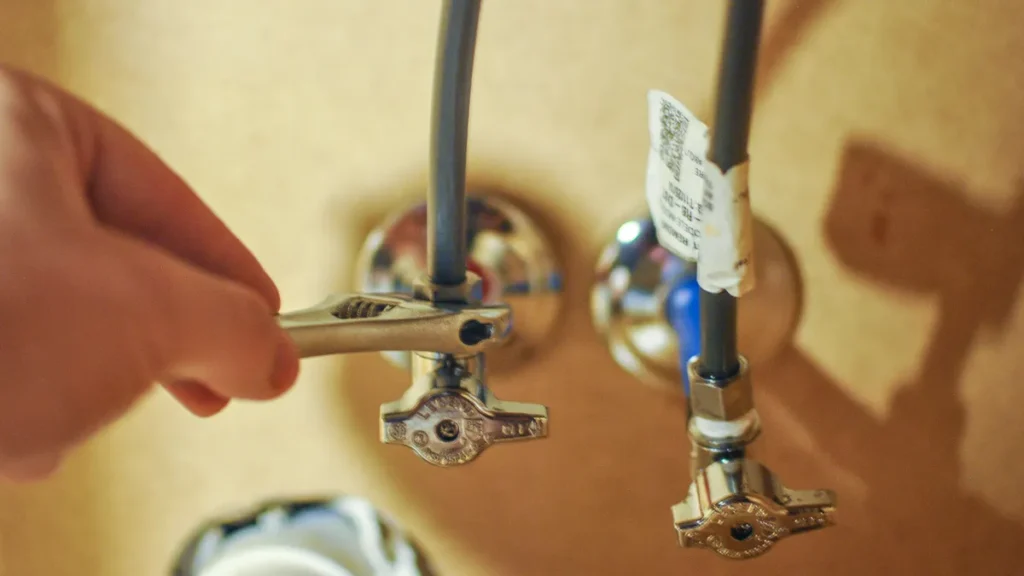Many homebuyers think about custom building a new home versus buying a production or tract home. A big one: How much more does a custom home cost? Stratification varies widely between areas, although why the poorer Americans are so much costing of their living remains broadly the same. Custom homes are not mass-produced, and needs of the owner who commissions them. Planning a custom home takes careful coordination of available high caliber of materials and skilled labor to create the home of your dreams. In this post, we delve into some of the primary reasons why custom homes are more expensive than many other “regular” homes.
People have been trying to figure out why custom homes cost what they do since they’ve been building them. I share what we knew from and compared notes with the best articles we’ve found without going into actual dollar values like other lists seem very prone to do..
Design and Architectural Complexity
An area known to increase the cost of a custom home that most people do not think about is the extent of the designs complexity. A production home is based on standardized designs and contains standard materials, meaning builders can offer homes that are in some cases larger and more luxurious while reducing home costs. Custom homes are individually designed architectural plans that must be worked out between architects and designers. Each twist, rise, and change in building dimension adds complexity; and with it, increased time and labor expenses.
Even with the above labor considered, custom homes generally have unique features, such as vaulted rooms, complex rooflines or unusual layout, which require skilled labor to bring them to life. Designs with more custom elements cost more per linear foot because more thought would go in what will the new elements entail in terms of engineering, or how to make things fit the certain shape window aspect.
Material Selection and Quality
An area known to increase the cost of a custom home that most people do not think about is the extent of the designs complexity. A production home is based on standardized designs and contains standard materials, meaning builders can offer homes that are in some cases larger and more luxurious while reducing home costs. Each twist, rise, and change in building dimension adds complexity; and with it, increased time and labor expenses.
Even with the above labor considered, custom homes generally have unique features, such as vaulted rooms, complex rooflines or unusual layout, which require skilled labor to bring them to life.
Land and Site Preparation Costs
Production builders buy the land, build the homes and develop the lots with predefined upgrades and options. This scale economy scheme will result in a reduction of cost per plot. Custom-home buyers, though, usually choose their own lot, so that can be costly to prep the site.
Conditions such as irregular land, unstable soil or large scale grading are all factors that can escalate costs. Plus, rural or densely-populated urban lots frequently will cost more. Because they don’t have lines and roads in place, as they’re so-called tract homes, custom properties made need new connections, wells, or septic systems—each of which can drive up costs.
Regulatory and Permitting Challenges

There are greater permitting and zoning demands for custom homes than for production builds. Because every project is different, builders face different local regulations and environmental restrictions and design review boards. Delays and additional costs may result raising the cost even more.
“At the same time, production builders have a major advantage of pre-approved plans and bulk permitting, which makes the transaction more efficient for approval of many units. Custom construction entails bureaucratic costs of both money and time that buyers of tract homes seldom face
Personalization and Unforeseen Expenses
This is exactly what customization brings about: it introduces variables that can cause cost to skyrocket. Design modifications, or material supply changes made on the fly mid-construction, can lead to change orders, each accompanied by additional costs. In the case of a custom home owner, who can change his plans a few times, the cost for them goes over the budget.
In addition, things you didn’t expect, like delays due to weather, roadblocks in the supply chain, or surprising structural challenges come up that need to be addressed as they arise with emergency money. Production builders spread these risks through economy of scale, but custom ventures have to bear all of them.
Long-Term Value vs. Immediate Cost
Custom homes are certainly more costly from the get-go, but would they provide value as an investment that production homes may not? A custom-built home will be designed to achieve maximum functionality, energy efficiency, and longevity and may even save you money in maintenance and utility expenses in the long-run. Emotional fulfillment largely comes in the form of buyers living in a home that was designed exactly for them—something you can’t put a price on
Conclusion
According to Home Business Fig, bespoke homes in general cost more as a result of the special design, quality materials, expertise in building, and the time it takes to construct them. Production homes offer affordability through systematization, whereas custom homes offer customization and superior quality that cannot be matched. The choice ultimately comes down to priorities: Buyers more concerned about cost may gravitate towards tract homes, while those seeking a one-of-a-kind living space must pay more for customization. When would-be homeowners are aware of these elements, they can make confident decisions that reflect both their monetary and lifestyle goals.










